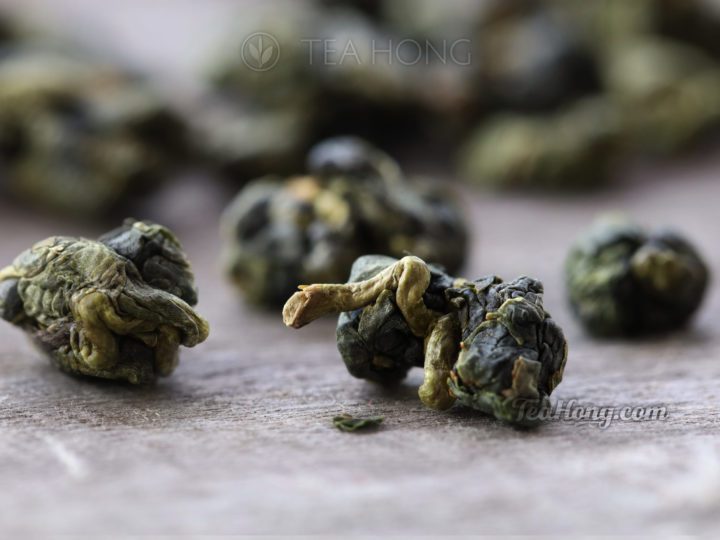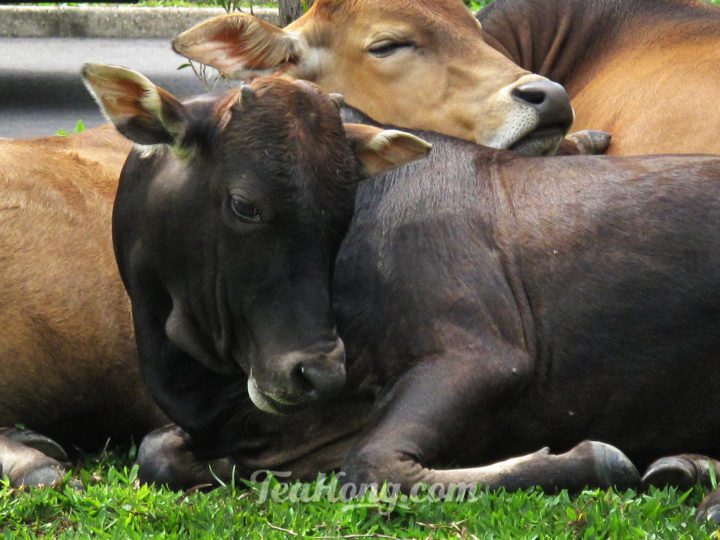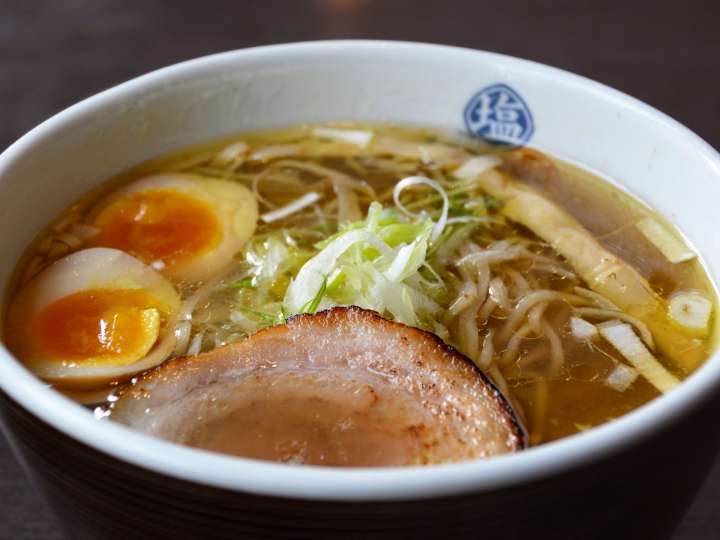

Tea leaves being sunned on shallow bamboo sieves in Wudong, Fenghuang Shan, for the production of Phoenix oolongs. This is the image that triggered this little article.
Not long ago I needed to prepare the training for a batch of new staff intake. As I went through our own online information for teaching materials, came across this photo again. Haven’t seen it for years. It was from 22 years ago when I began exploring tea production regions firsthand.
Why is that a photo to represent the oolong category
In those days I was able to afford a photographer to travel with me so I could focus in understanding the locals, their processes and making friends. This particular picture was taken with Kodak Ektachrome, a “slide” film. It was those days when taking pictures with a digital camera was quite restrictive in quality and, as you may have guessed, despised upon. The photographer was Sam Wong. The place was Wudong, in Fenghuang Shan, Guangdong, China.


In a tea farm in Wuyi Shan with tea clients from Europe, 2003. I was still carrying for myself two film cameras in those days, as seen here.
I have liked this picture a lot because it represents a critical difference of traditional oolongs — sunning.


Been there. Done it. Window display of my previous tea brand in a high end mall, 2001. Tea Hong is an unplug from my previous luxurious tea brand direction
It’s more about my journey
This picture captures the local practice of laying the leaves very sparsely on the bamboo sieve to sun under the midday clear sky before all the other processing steps. It makes a tremendous contribution to the final quality, as I later experienced the difference.
This little piece of writing, however, is not about tea processing, but how fortunate I was two decades ago having the resources to develop that initial phase of my tea career. It was at a time when I had an in-house design team, afforded taking part in key international trade shows, publishing my own book and having the time to do a lot of marketing.


Although a few tea bars and a flagship shop were later established, my first luxurious tea brand had started off quite humbly in a food hall. Here I was conducting tea training for my first batch of tea evangelists. I still had half a foot in corporate and brand communication consultancy then, still so much used to wearing suit to work.
From luxurious tea brand to starting from zero again
I had successfully made MingCha — my previous life in tea as a luxurious brand, into a high profile, modern tea name. That was between 2000 to 2006, before my brainchild turned into the hands of others and took a different route of evolution.
By contrast, I was almost penniless when I started off TeaHong.com a few years later. I relied on an old Canon Powershot G5 (a point and shoot kind of camera for anyone) to make most of the new pictures for the initial Tea Hong online shop, and had no other help but myself to do literally everything. Everything here really means everything, from developing web contents to constructing the site, from arranging every tiny steps of logistics, no matter receiving of tea samples to freight arrangement for wholesale. From packing each pack of tea to carrying the orders to the post office.
A little prayer of gratefulness
Not all hard work nor knowledge are proportionally rewarded. Success is a matter of luck and timing before it is about diligence and intelligence. If luck had previously broke me, it was also luck that had eventually set my tea career on track again. Fate has made it possible for you to have discovered us. No matter how similarly hard I could be working, enduring the limitations, and wrenching my heart to sail through the psychological challenges of having lost so many initial years of my career, without the mystical happening of fate, Tea Hong would not have the loyal clients and customers, dedicated staff and the supportive tea farmers all across the wide-ranging tea regions it now enjoys.
So this little passage is a little prayer of gratefulness. A little token for saying thank you.


The idea of setting up an online teashop was still in the cradle in year 2008, when I did my biennial visit to Wudong in Fenghuang Shan, this time with a client from Switzerland. It was exactly that Canon Powershot G5 I was using to document the leaves of a particular cultivar.
I thank God for this miraculous journey where I continue to rediscover myself and my world. I thank the tea plant for its wonders, and the hearts and sweats of the humble souls that work it. Grateful also for the opportunities given to me to dedicate my hard work to something that I believe in, and having the beautiful souls who now spend their time and efforts with me to do so.
The old 5MP Canon Powershot is nowhere to be found now; I might have given it away to some scavenger years ago. As higher tech continues to try to persuade me to upgrade my hardwares to the next generation of imaging, the optimum pixel resolution for any image for an online shop is still way below 5MP. Technology for me, after all, is just a medium, it is rather old fashioned quality and human bond that make a good teashop. That maybe why that bamboo sieve photo with lots of film grains still resonates.


A client from Europe learning to produce Taiping Houkui Traditional, a green tea that is 100% handmade. While fast cash is the characteristics of our century, there are people who understand and insist upon good old quality
Fate, however, will have to work with a vision
Nowadays, freshly plucked tea leaves are still spread thinly on bamboo sieves for the shai-qing — sunning — process in Wudong in Fenghuang Shan, as I first visited it over 22 years ago. Throughout all respectable tea regions in the world, be it there equipped with new tech or old tech, diligent tea producers continue to work hard to maximise their quality and inventing better ones, as they have been doing for millennia. Although it is fate that have brought my service to their work, it has to be through determination and vision to advocate such quality that we can make this fate a meaningful destiny for the entity of Tea.
Throughout my career, higher volume demand for mass market quality, blends using mass-produced broken leaves, flavourings, added ingredients; and invitations to do similar things as easier to please and higher margin bubble teas, matcha latte etc have always been there. Easier money and more of it is forever a very big temptation. However, if I were to go after money rather than my heart, I would have killed my ego decades ago and stayed on as a top executive in brand and corporate communication consultation and would have accumulated a fortune already.
Faithful to one’s belief, in the end, is the ultimate destiny. Last but not least, thank you all for believing in the quality we can bring to your teapot.


By 2019, Tea Hong has been offering over 90 traditional whole leaf varieties, and even more in wholesale, from a wide spectrum of regions and categories, thanks to the fortune of having the support of clients and customers, and the honest and diligent tea producers such as Mr Weng here in Taiwan
Comments (0)
Leave a reply
You must be logged in to post a comment.







